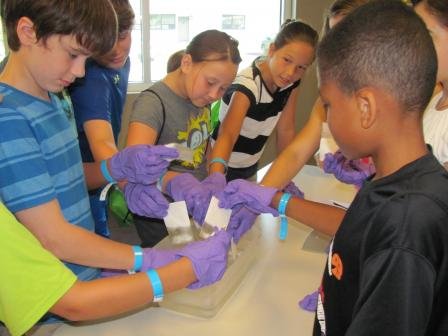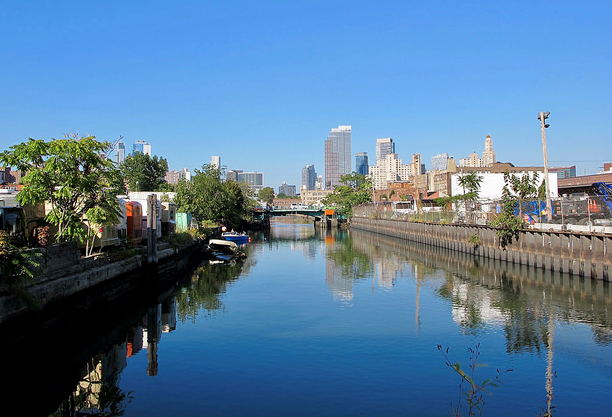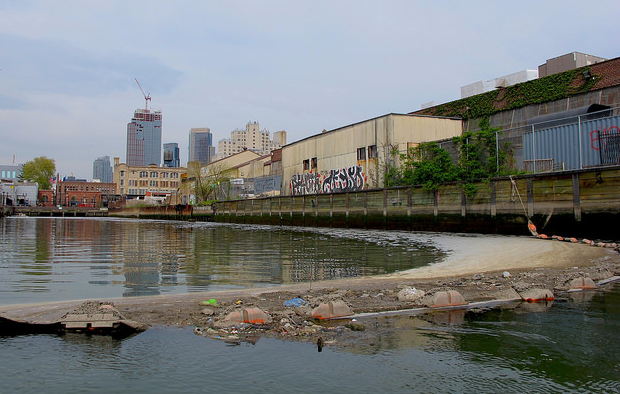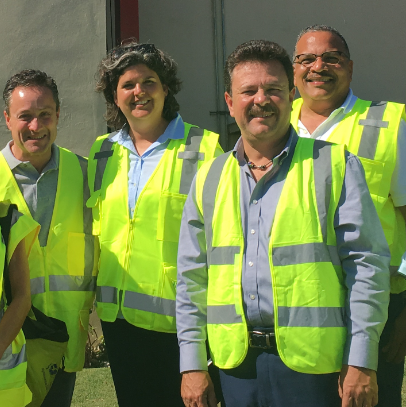
EPA Awards $2.17 Million to New York State to
Protect Drinking Water
Contact: Tayler Covington, covington.tayler@epa.gov, (212) 637-3662
(New York, N.Y. – May 31, 2018) The U.S. Environmental Protection Agency awarded $2,170,000 to the New York State Department of Health (NYSDOH) to ensure requirements of the federal Safe Drinking Water Act are met for the nearly 8,500 public water systems that serve approximately 21 million people overseen by NYSDOH. The grant was made under the Public Water System Supervision program and will assist NYSDOH's oversight responsibilities.
"This grant supports our state partner by giving them the flexibility to administer and advance programs that will ensure New Yorker's have quality drinking water," said Regional Administrator Pete Lopez.
The funding will assist New York in inspecting water systems to identify and require correction of deficiencies that can pose serious risks to public health. It will also support NYSDOH with assessment of water systems, investigating customer complaints and solving site-specific operational problems to provide communities with water that meets national protective standards. Additional EPA funding for NYSDOH to administer the Public Water System Supervision program is anticipated later this year.
Public Water System Supervision grants are used to ensure that public drinking water systems of all types and sizes meet or exceed Safe Drinking Water Act standards. When systems are found to be deficient, or otherwise at risk, funds can be used to help ensure systems are operating properly. NYSDOH has a delegated authority to develop their own regulations and requirements that can be more stringent than federal requirements.
For more information about PWSS or the SDWA, see www.epa.gov/dwreginfo/public-water-system-supervision-pwss-grant-program
Follow EPA Region 2 on Twitter at http://twitter.com/eparegion2 and visit our Facebook page,
http://facebook.com/eparegion2.
18-039 # # #
Environmental Protection Agency, 290 Broadway, New York,, NY 10007-1866 United States










